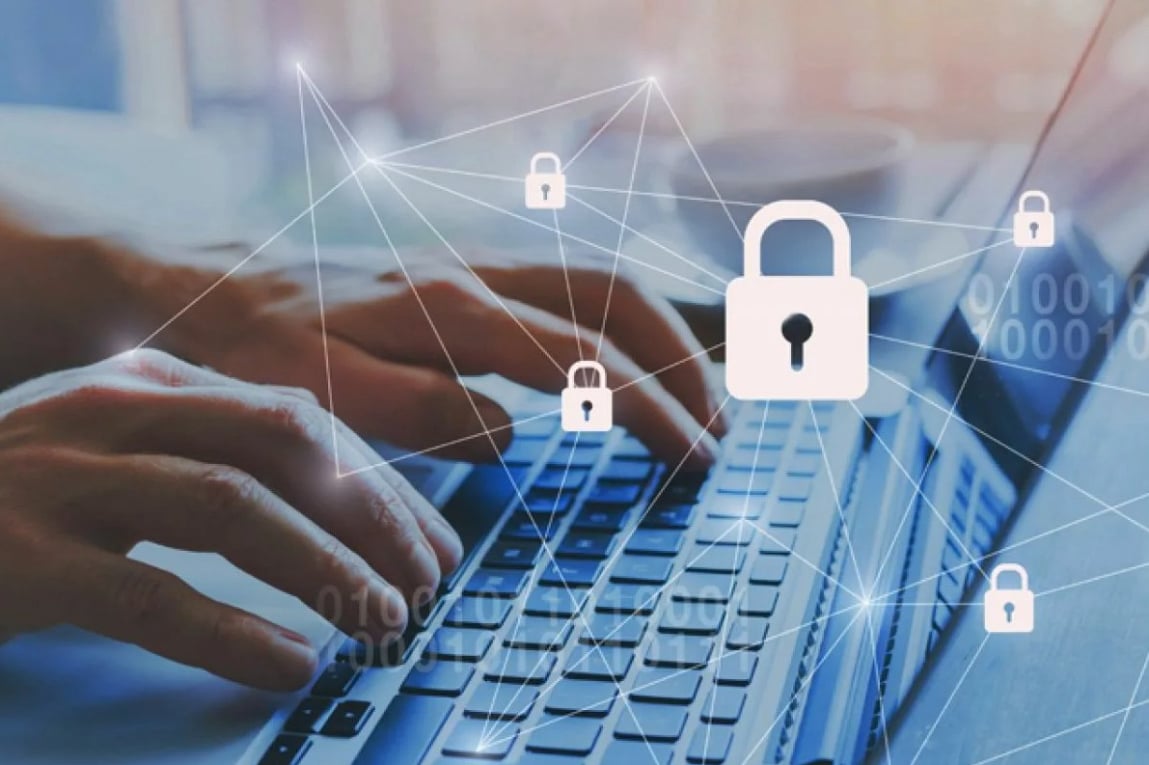Is Your Laptop Truly Secure? The Role of Hidden File Visibility
When evaluating your laptop's security, it's essential to look beyond antivirus software and firewalls and consider a fundamental aspect of system management: visibility. The standard configuration of any operating system is designed for simplicity, which means potentially sensitive files are kept out of sight. While this protects system integrity from casual users, it also creates a blind spot that can be exploited. If you cannot view hidden files in Laptop directories, you are essentially conducting a security audit with one hand tied behind your back, unaware of what may be lurking in the shadows.
Malicious actors are well aware of this default user behavior and frequently design their software to exploit it. Various forms of malware, spyware, and trackers are programmed to assign the hidden attribute to their files and folders immediately upon installation. This allows them to operate undetected during a routine visual inspection of your drives. The simple act of learning how to show hidden files on Laptop systems disrupts this strategy, turning a potent hiding mechanism into a vulnerability for the malware itself, as it can now be spotted by an alert user.
A critical component of this security practice is knowing where to look once you have enabled visibility. Key areas such as the AppData folder, the root directory of your user profile, and temporary folders are common hiding places. Once you know how to show Laptop hidden files, a periodic manual scan of these locations can reveal anomalies—unfamiliar executables, oddly named folders, or files with double extensions—that warrant further investigation. This proactive search complements automated security tools, which are not infallible and can sometimes miss newer, unrecognized threats.
The importance of this skill is further highlighted during malware eradication. When your security software identifies and quarantines a threat, its removal guide will often instruct you to manually delete associated files and folders. Many of these residuals will be hidden to prevent their easy removal. Without the ability to make your Laptop file explorer show hidden files, you cannot complete this cleanup process thoroughly, leaving behind remnants that could re-trigger the infection or cause system instability.
Beyond external threats, hidden file visibility is crucial for internal security and privacy. On shared devices, other users might intentionally hide personal documents, activity logs, or other sensitive data. Regularly using the method to see hidden files in file explorer allows you to audit your own device for any content concealed without your consent. This ensures that you maintain complete awareness and control over everything stored on your laptop, upholding your personal privacy and data sovereignty.
Therefore, answering the question "Is my laptop truly secure?" must involve an assessment of your own control over the system. The capability to show hidden files in Laptop is not a mere technical trick; it is a fundamental security hygiene practice. It empowers you to validate the security claims of your software, take direct action against threats, and ensure no unwanted content resides on your machine. Integrating this check into your monthly maintenance routine is a small effort that significantly hardens your device's defenses, making you an active participant in your own digital security.
